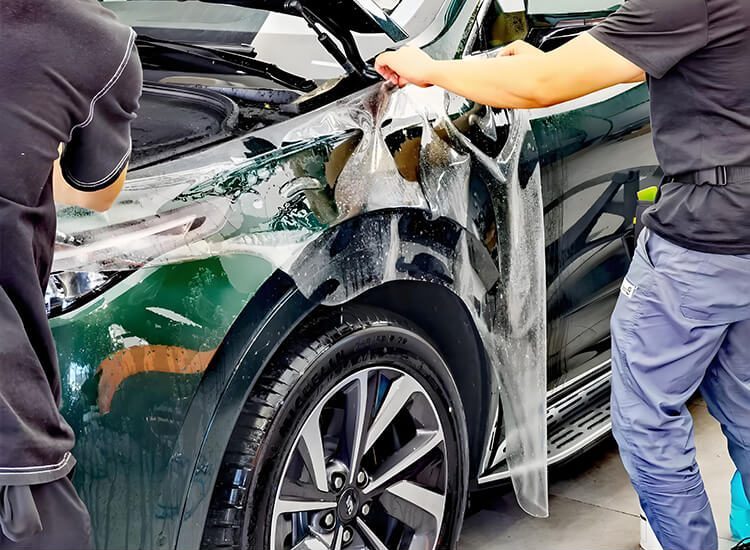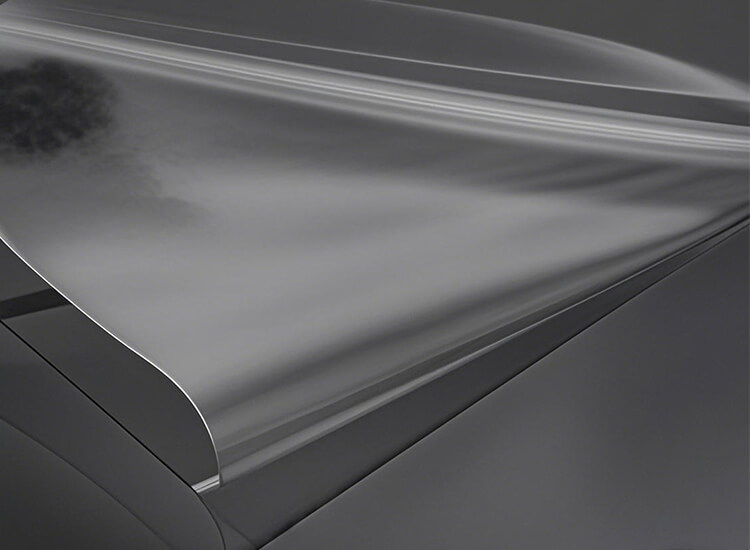Automotive PPF: Introduction and History
Paint Protection Film (PPF) is a urethane film that sticks to the exterior of your car to shield it from damage. Think of it as invisible armor. It defends your paint from scratches, chips, UV rays, bird droppings, and more. It comes in various finishes like glossy, matte, or even colored paint protection film. Originally designed for military aircraft, PPF is now a go-to solution for automotive paint protection.
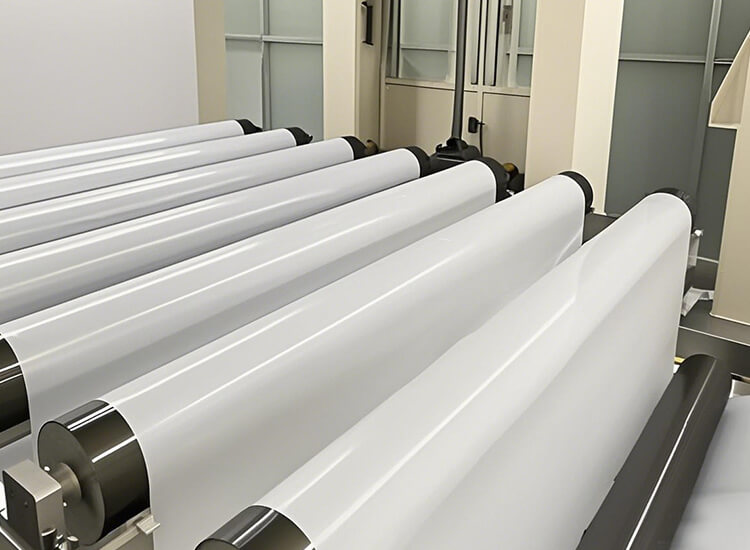
What Is Paint Protection Film (PPF)?
PPF for cars, also known as a clear bra, is a thermoplastic urethane film applied to painted surfaces. Its main job? Shield your car’s finish from the harsh realities of daily driving—think rock chips, road debris, scratches, bug splatter, and UV damage. Modern car paint protection film is nearly invisible, preserving the original look while adding a durable, self-healing layer on top.
History of Paint Protection Film
Paint protection film has a cool backstory. In the late 1960s, 3M created the first version for the U.S. military to protect F-4 Phantom jets. This early film defended against sand and debris damage during takeoff and landing. By the 1980s, the product evolved into something consumers could use. In the 1990s, PPF saw a big upgrade with self-healing paint protection film technology. Now, it’s standard among luxury car owners and everyday drivers alike.
Why Should You Consider PPF for Your Vehicle?
The big question: Is PPF worth it? The answer is yes—if you care about how your vehicle looks over time. PPF protects against road debris, rock chips, and UV fading. It maintains that fresh-from-the-dealer finish. It’s beneficial for new cars, luxury vehicles, and cars with custom paint jobs. You can install PPF on the front bumper, hood, fenders, mirrors, and even the full body. Some people also use paint protection film for motorcycles, boats, and aircraft. The film is flexible and can be shaped to cover any surface.
Top Features That Make PPF Stand Out
Let’s break down the top reasons to get automotive paint protection film:
- Self-healing technology: Minor scratches disappear with heat.
- UV-resistant paint protection film: Blocks harmful sun rays.
- Hydrophobic topcoat: Repels water and dirt.
- Invisible protection: Keeps your paint job visible but safe.
- High-durability PPF: Lasts up to 10 years or more with proper care.
PPF vs Ceramic Coating: What’s the Difference?
Many people ask: Is PPF better than ceramic coating? Here’s the deal:
- PPF is a physical barrier. It protects from scratches, chips, and impacts.
- Ceramic coating is a chemical layer. It repels water, dirt, and UV rays but won’t stop rock chips.
For the best protection, many drivers use PPF and ceramic coating together. The PPF shields the paint; the ceramic coating keeps it clean.
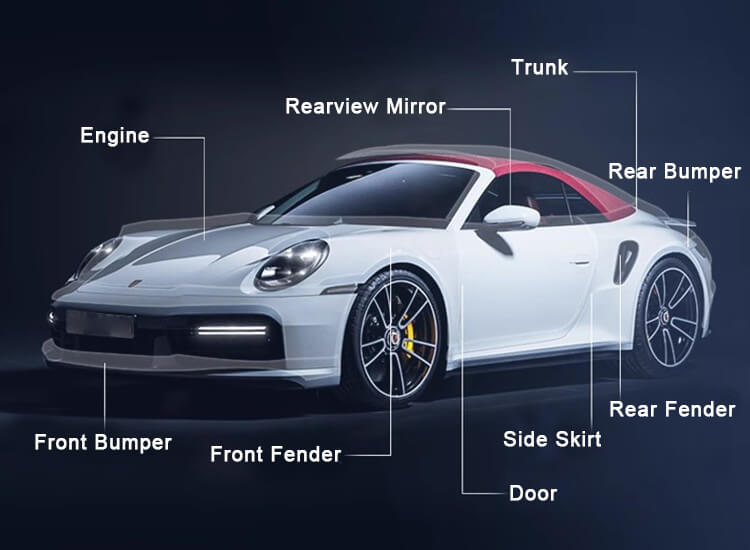
Where to Install Paint Protection Film?
The most common areas for PPF include:
- Front bumper
- Hood and fenders
- Side mirrors
- Door edges and handles
- Rear bumper
You can go for partial PPF coverage or full-body paint protection film installation. Full wraps offer the most protection but cost more.
How Much Does PPF Cost for Your Car?
Paint protection film cost varies depending on coverage and brand. Here’s a rough breakdown:
- Partial front: $500 – $1,200
- Full front: $1,200 – $2,000
- Full car: $4,000 – $8,000
Premium brands like 3M, XPEL, and SunTek may charge more but offer better performance and warranty. Ask for a cost-benefit analysis before committing.
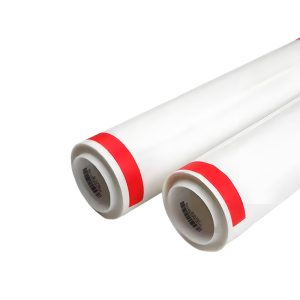
Is PPF Worth It For Cars?
Absolutely—Paint Protection Film (PPF) is one of the smartest long-term investments you can make for your vehicle. Whether you drive a luxury car, a sports coupe, or a daily commuter, PPF helps preserve your car’s resale value, keeps the factory finish looking flawless, and protects against rock chips, scratches, and environmental damage. Unlike wax or basic sealants, PPF offers real impact resistance and even self-healing properties. While the upfront cost may seem high, the money saved on paint repairs, detailing, and depreciation more than makes up for it. If you care about keeping your car looking new for years to come, PPF is 100% worth it.
Can You Install P It Yourself?
DIY kits are available, but professional PPF installation is recommended. Why?
- Requires special tools and experience
- Must avoid bubbles, misalignments, and dirt
- Professional shops offer a warranty and better results
If you love DIY and have the right tools, start with smaller sections like the door handle cups or side mirrors.
How to Maintain Your Paint Protection Film?
To get the most from your automotive paint protection film, follow these tips:
- Wait 48 hours before washing after installation
- Use PPF-safe car shampoos
- Avoid abrasive brushes or waxes
- Apply a ceramic coating on top of PPF for extra protection
With good care, paint protection film can last 5–10 years.
What Should You Consider When Buying?
Before investing in paint protection film for your car, it’s important to consider a few key factors to make sure you’re getting the best value for your money.
First, look at the quality of the film—not all PPFs are created equal. Premium brands offer better clarity, durability, and self-healing properties.
Next, evaluate the installer’s experience and reputation. A high-quality film installed poorly won’t give you the results you’re paying for. Also think about your coverage needs—do you want full-body protection, or just the high-impact zones like the front bumper and hood?
Finally, weigh the warranty and aftercare options. Some films come with up to 10 years of coverage, giving you peace of mind and long-term protection.
Choosing the Right PPF Installer
When picking a shop, look for:
- Certified installers (3M, XPEL, etc.)
- Clean, dust-free workspace
- Positive reviews and before/after photos
- Warranty coverage
At the End: Is PPF Right for You?
If you want your car to stay looking new, paint protection film is a smart investment. It guards against everything from scratches to UV rays, while being nearly invisible. With options for every budget and vehicle type, there’s no reason not to protect your investment. Whether you drive a luxury car, a daily commuter, or a weekend motorcycle, automotive paint protection film offers peace of mind and long-lasting beauty.
Frequently Asked Questions
What Is PPF In the Automotive Industry?
PPF stands for Paint Protection Film. In the automotive world, it’s a clear, durable film applied to vehicle surfaces to protect the paint from damage caused by rocks, debris, UV rays, and other environmental hazards.
What Are The Disadvantages Of PPF Coating?
While PPF offers excellent protection, it has a few drawbacks. It can be expensive, especially for full-body applications. Poor-quality film may yellow over time, and improper installation could lead to bubbles or edges lifting. Maintenance is required to keep it looking its best.
How Long Does PPF Coating Last?
High-quality TPU paint protection film can last anywhere from 5 to 10 years, depending on the brand, installation, and how well it is maintained. Proper care will ensure it stays clear and effective for years.

